Researchers have identified the border between quantum physics and some as-yet-unknown post-quantum realm by mathematically analysing all possible measurements of simple quantum systems
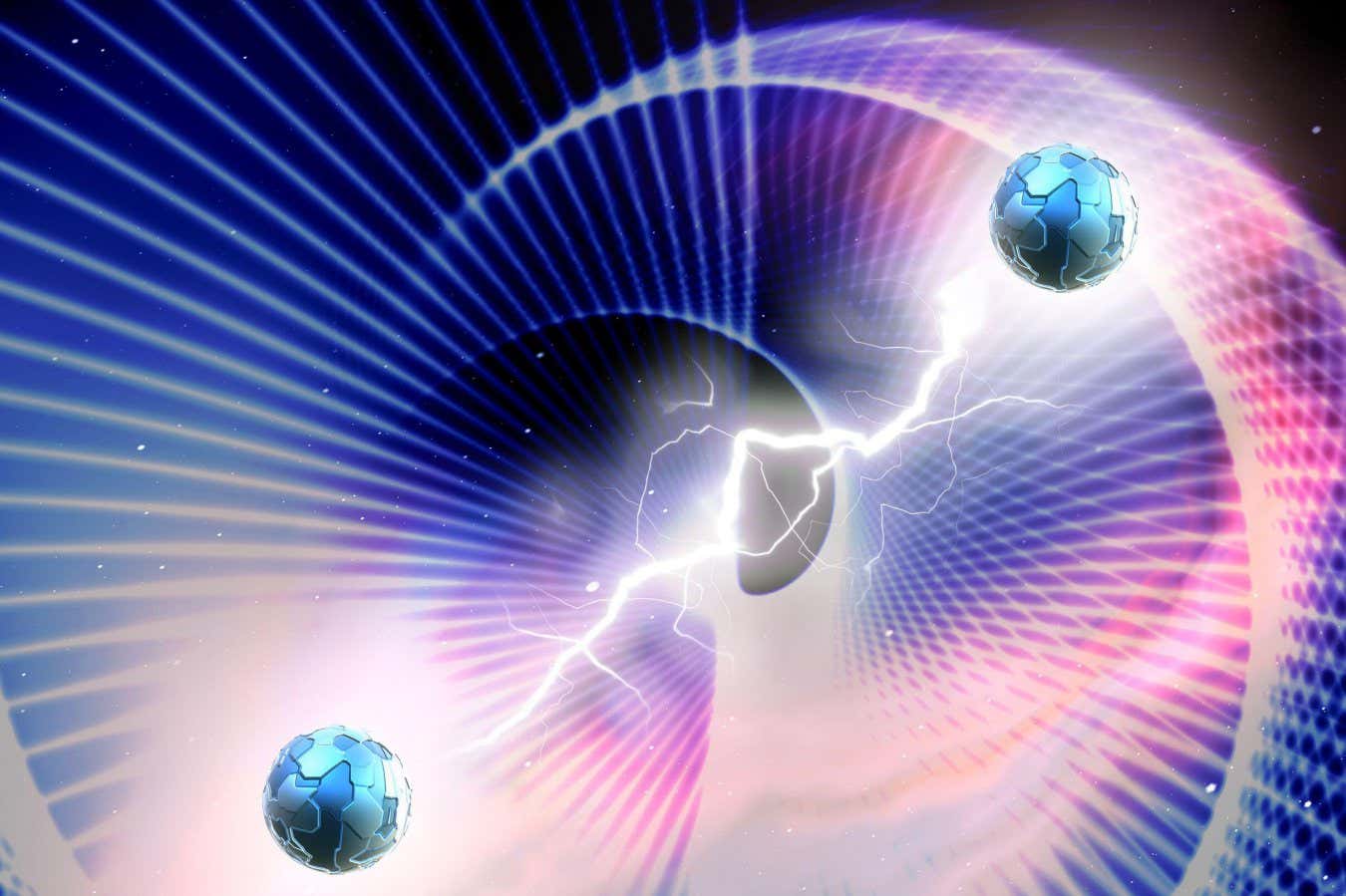

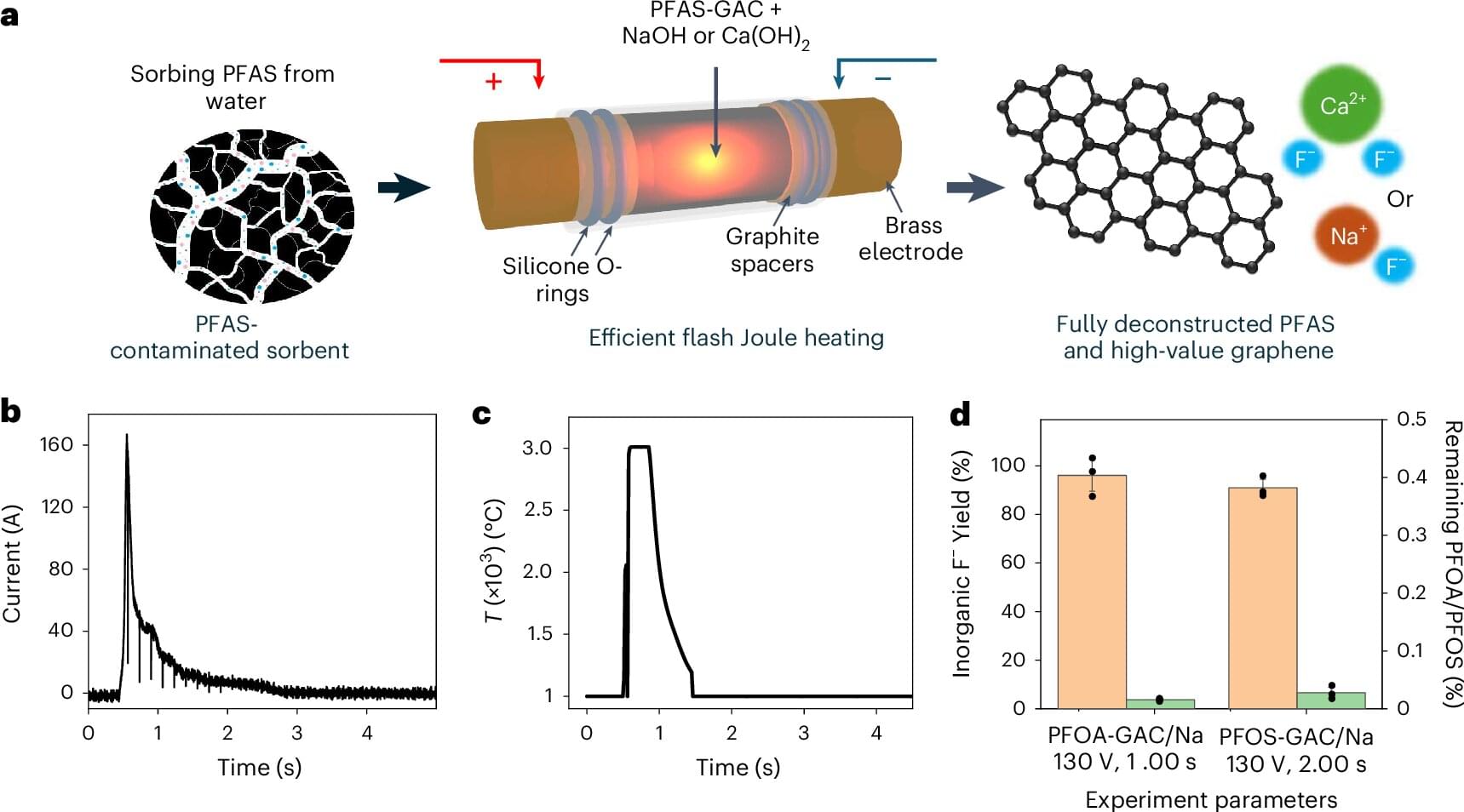
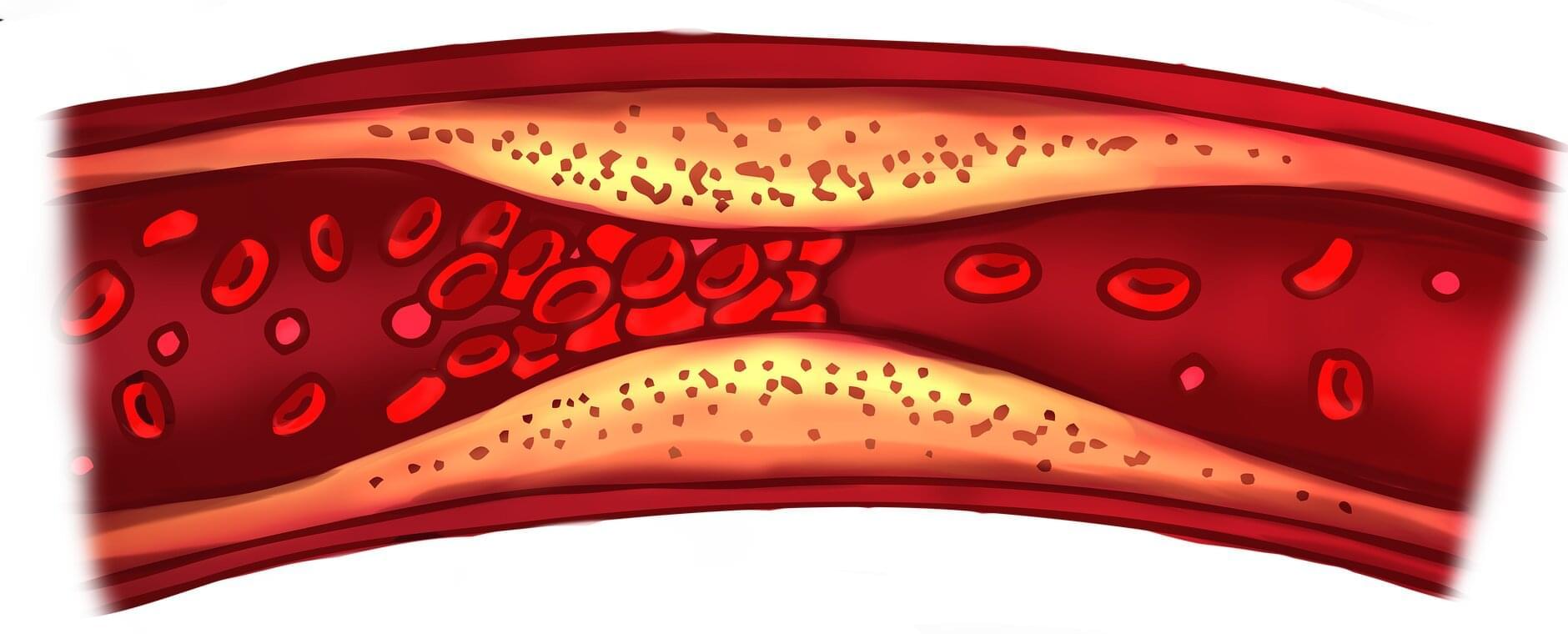
Patients with narrowing of at least 50% in three major coronary arteries did equally well when treated with a minimally invasive stent placement guided either by ultrasound-based imaging or by a novel, artificial-intelligence-powered (AI), non-invasive imaging technique derived from angiography, researchers reported at the American College of Cardiology’s Annual Scientific Session (ACC.25) on March 30 in Chicago. The work was simultaneously published in The Lancet.
“This is the first such study to be conducted in patients with angiographically significant lesions,” said Jian’an Wang, MD, a professor in the Heart Center at The Second Affiliated Hospital of Zhejiang University School of Medicine in Hangzhou, China, and the study’s senior author. “Patients whose evaluation was non-invasively guided by the novel, AI-powered technique underwent approximately 10% fewer procedures, and their outcomes were comparable with those for patients whose evaluation was guided by a commonly used ultrasound-based imaging technique.”
The study, known as FLAVOUR II, met its primary endpoint, a composite of death, a heart attack or need for a repeat procedure at one year, Wang said.
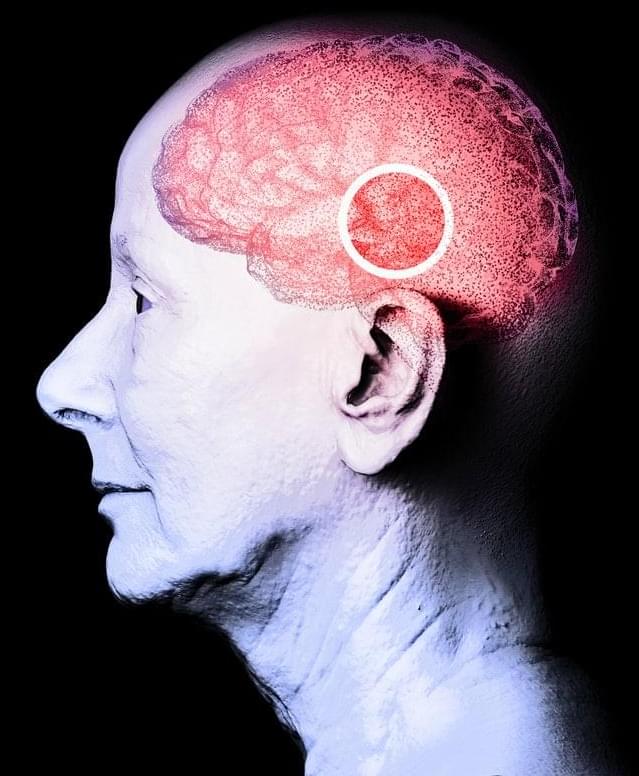
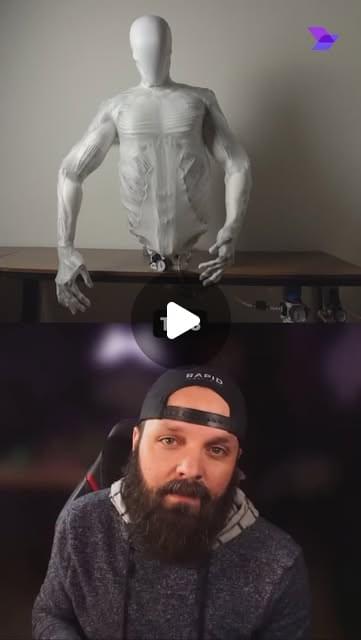

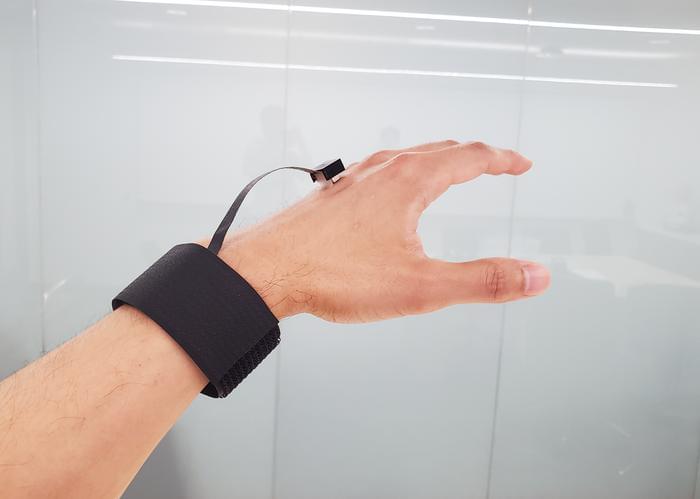
The system, which also synthesizes her voice, takes no more than a second to translate thoughts to speech.
SpaceX is set to launch Fram2 on Monday, March 31, at 9:46 p.m. ET from Launch Complex 39A at NASA’s Kennedy Space Center. If needed, additional opportunities extend through the early hours of April 1. This mission is unlike any before—it will take humanity to a polar orbit (90° inclination) for the first time! 🌍✨
🛰️ What Makes Fram2 Special?
🔥 First-ever human spaceflight to a true polar orbit.
👨🚀 All four astronauts—Wang, Mikkelsen, Rogge, and Philips—are first-time space travelers.
🩻 First medical X-ray taken in space.
🍄 Microgravity experiments, including mushroom cultivation.
💪 Independent crew exit post-splashdown—pushing the limits of astronaut endurance.
🚀 Falcon 9 and Dragon’s Role.
This mission will push the boundaries of Falcon 9 and Dragon’s ascent profile, showcasing the precision and power of SpaceX’s GNC (Guidance, Navigation, and Control) systems. After liftoff, the first stage booster will return to the droneship A Shortfall of Gravitas in the Atlantic Ocean. The Dragon capsule has a rich history, having previously flown on Crew-1, Inspiration4, and Polaris Dawn.
Fram2 is more than just a mission—it’s a bold step toward the future of space exploration. With 22 research experiments, including studies on human health in space, exercise physiology, and radiation exposure, this flight will pave the way for long-duration missions beyond Earth orbit.
Don’t miss this groundbreaking launch! Subscribe to Space Googlevesaire for real-time updates, expert breakdowns, and all things spaceflight! 🌌🚀🔔
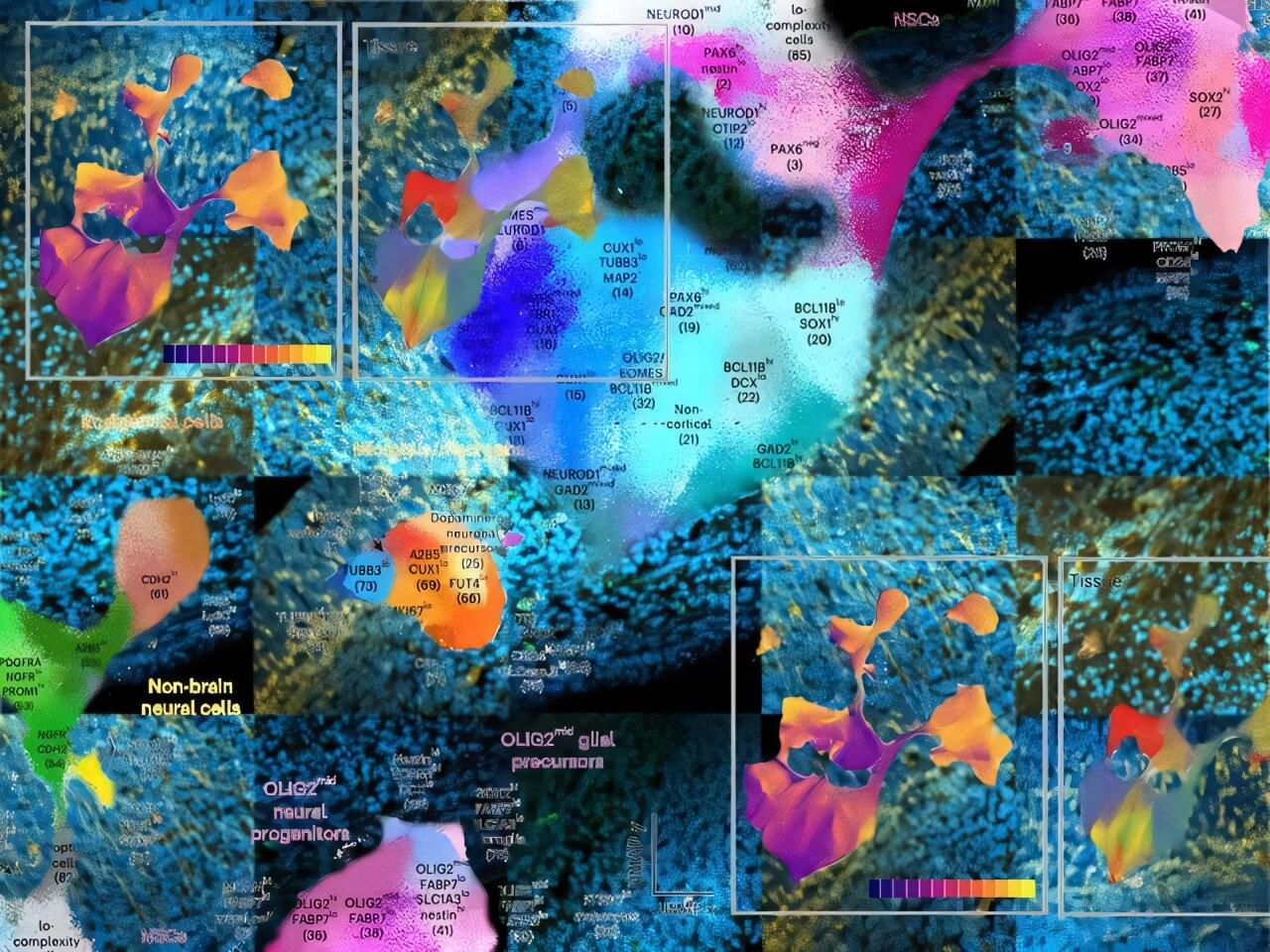
Researchers at the University of Virginia have created the first comprehensive protein-level atlas of brain development, providing unprecedented insight into how the brain forms and potential implications for understanding neurological disorders. The study, published in Nature Neuroscience, analyzed over 24 million individual cells from mouse brains, revealing detailed molecular pathways that guide brain development from early embryonic stages through early postnatal development.
The research team, led by Professors Christopher Deppmann and Eli Zunder, used an innovative technique called mass cytometry to track 40 different proteins across various brain regions and developmental stages. The approach provided a more detailed view of cellular function than previous studies that primarily examined RNA.
“While RNA studies have given us important insights, proteins are the actual workforce of cells,” explained Deppmann, a professor in the College and Graduate School of Arts & Sciences’ Department of Biology. “By studying proteins directly, we can better understand how cells are functioning and communicating during brain development.”